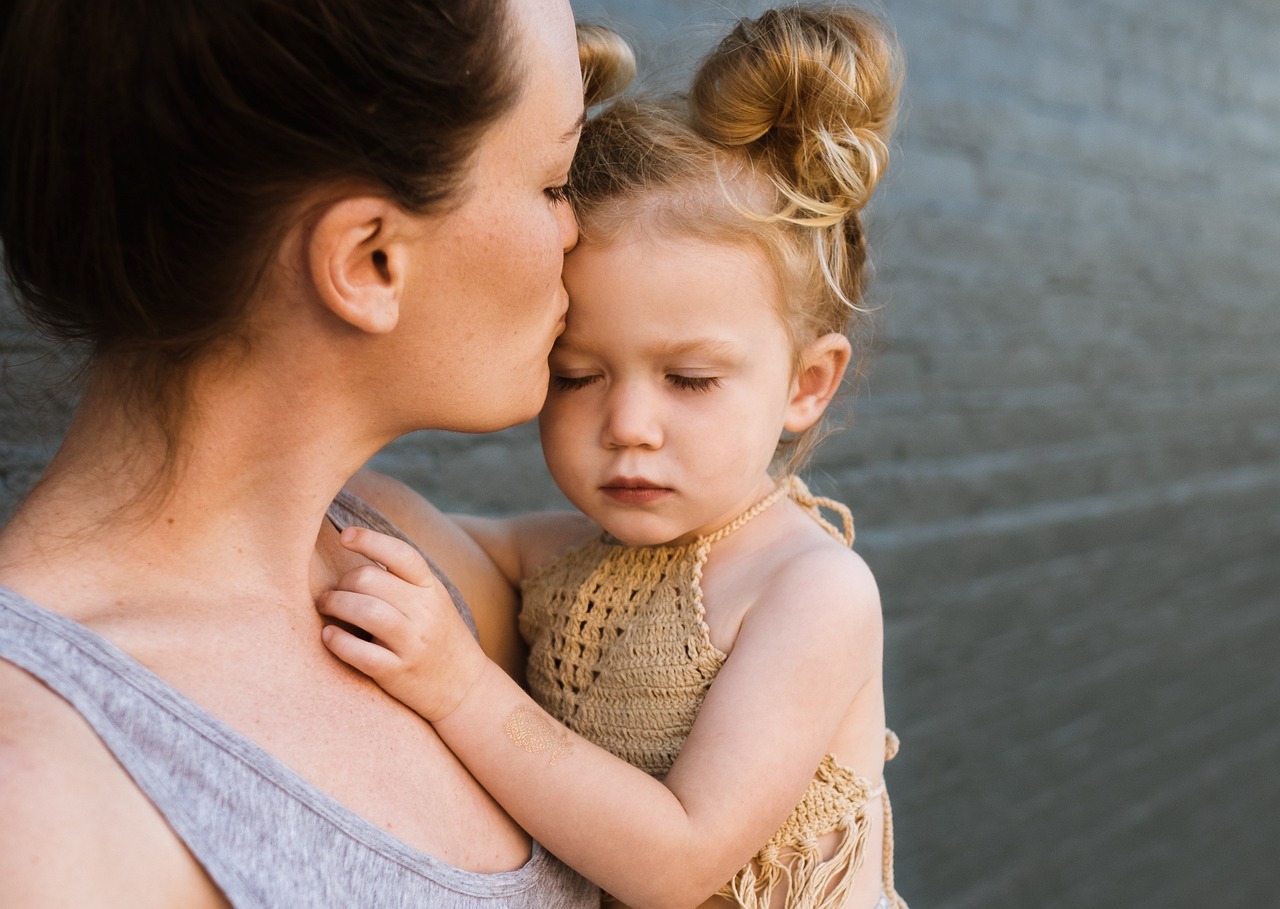Family structures and dynamics have undergone significant changes in recent decades, reshaping the traditional concept of a nuclear family. One of the most notable shifts is the decline of two-parent households in the United States. Factors such as increasing divorce rates, remarriage, cohabitation, and a drop in fertility have contributed to this transformation. This blog explores the evolving nature of family life, highlighting the shrinking prevalence of two-parent households and the diverse forms that families now take.
Changing Family Dynamics:
In the early 1960s, the majority of babies were born within marriages. However, today, nearly four-in-ten births occur to women who are single or living with a non-marital partner. This shift reflects the changing societal norms and the increasing acceptance of non-traditional family structures. Additionally, the role of mothers has evolved, with more women entering the workforce and assuming the role of breadwinners, including as primary earners for their families.
The Decline of Two-Parent Households:
Throughout the years, the dominance of two-parent households has dwindled. In 1960, approximately 73% of children lived in families with two married parents in their first marriage. By 1980, this percentage dropped to 61%, and today it stands at less than half, at 46%. This decline has been accompanied by the rise of single-parent households and the emergence of cohabiting parents.
Complexity and Fluidity of Family Structures:
Not only has the diversity in family living arrangements increased since the 1960s, but families have also become more fluid. Non-marital cohabitation, divorce, remarriage, and recoupling have become prevalent, resulting in dynamic family structures that change over time. Studies have shown that a significant number of young children experience major changes in their family or household structure within a three-year period, such as parental divorce, separation, marriage, cohabitation, or death.
Family life in the United States has undergone profound transformations, with two-parent households becoming less prevalent. The rise of single-parent households, cohabitation, and evolving family structures reflects the changing societal dynamics and shifting cultural norms. It is essential to recognize and embrace the diversity of family forms to better understand and support the needs of modern families. As the concept of a traditional family continues to evolve, it is crucial to foster inclusivity and provide resources that address the unique challenges faced by different family structures in today's society.



